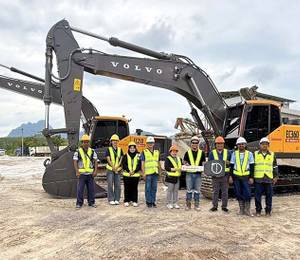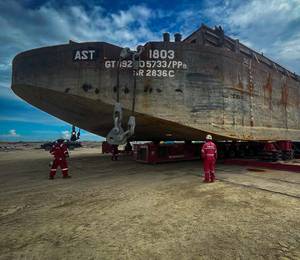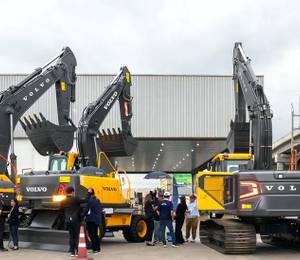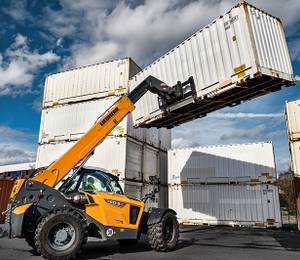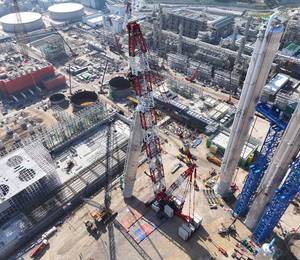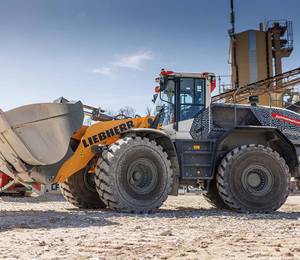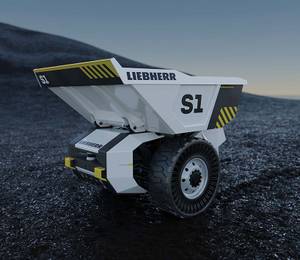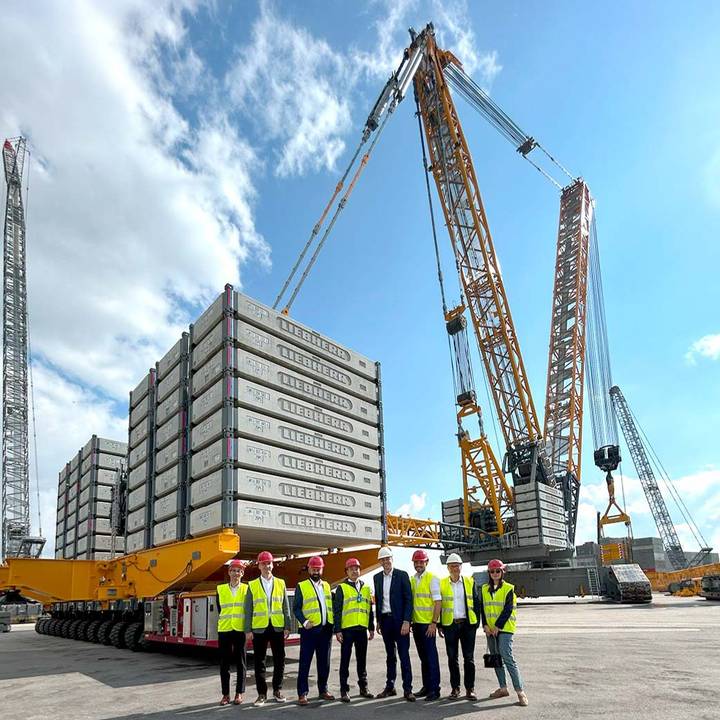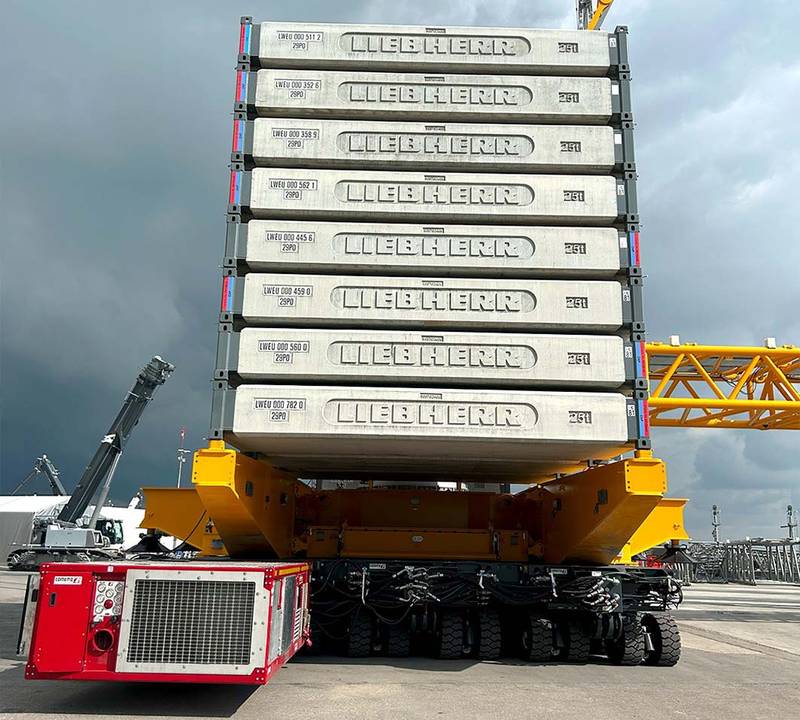Japanese heavy lifting and specialised transport company Denzai has acquired its second Liebherr LR12500-1.0 crawler crane. This unit is said to be the world’s first in a ballast wagon (MBW) configuration, developed by Liebherr in cooperation with Cometto, made specifically for Denzai. The MBW configuration will allow Denzai to use Cometto MSPE 60-t self-propelled electronic modular trailers as the ballast wagon.
Scheduled for delivery to Japan in March 2026, the 2,500-t capacity crane will further enhance Denzai’s capabilities in heavy lifting, particularly in offshore wind projects and large-scale power plant construction, both in Japan and globally.
“We are excited to introduce our second Liebherr LR12500-1.0 crawler crane. This unit features the new-generation MBW ballast wagon system, for which we will use the Cometto MSPE 60 t. We extend our appreciation to the Liebherr and Cometto engineering teams for their collaboration in developing this breakthrough in heavy lifting,” said Kohki Uemura, president and CEO of Denzai K.K.
“The MBW configuration enables the operation of this massive crane within confined spaces, which is necessary for Japan’s offshore wind projects,” Mr Uemura pointed out. “The crane’s first assignment will involve port handling and pre-assembly work for Vestas V236-15.0 MW turbines, following delivery in March 2026.”
“With the new option of using SPMTs as a ballast wagon for the LR 12500-1.0, Liebherr offers maximum flexibility and efficiency on the construction site. The SPMTs can be controlled directly via the crane’s control system, eliminating the need for additional operating personnel – that solution is unique in the industry,” explained Florian Ritzler, head of sales management crawler cranes at Liebherr.
“Since SPMTs are available worldwide and can be used for other tasks when not serving as a ballast wagon, customers benefit from a highly versatile and economical solution,” added Mr Ritzler. “The system has already been successfully tested and enables the safe and precise movement of large ballast weights.”
